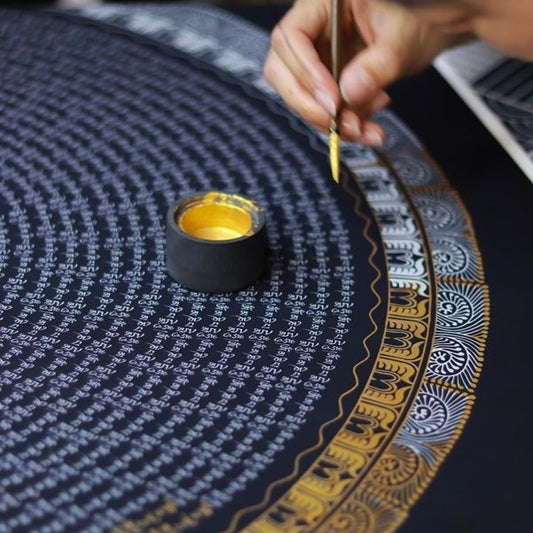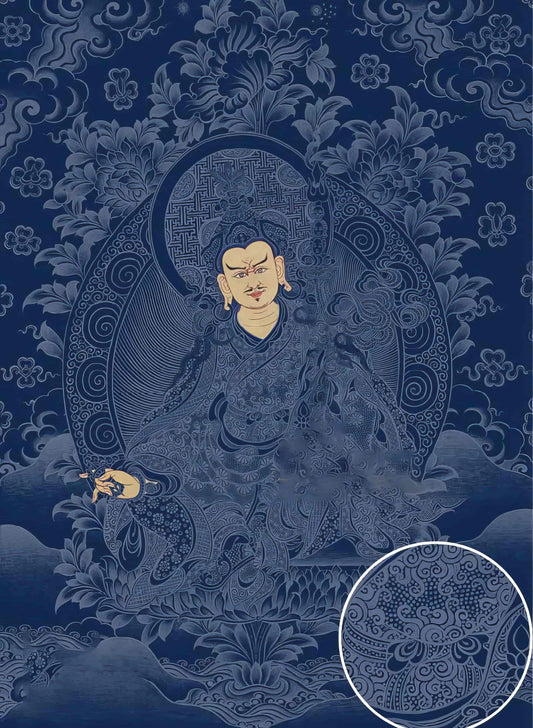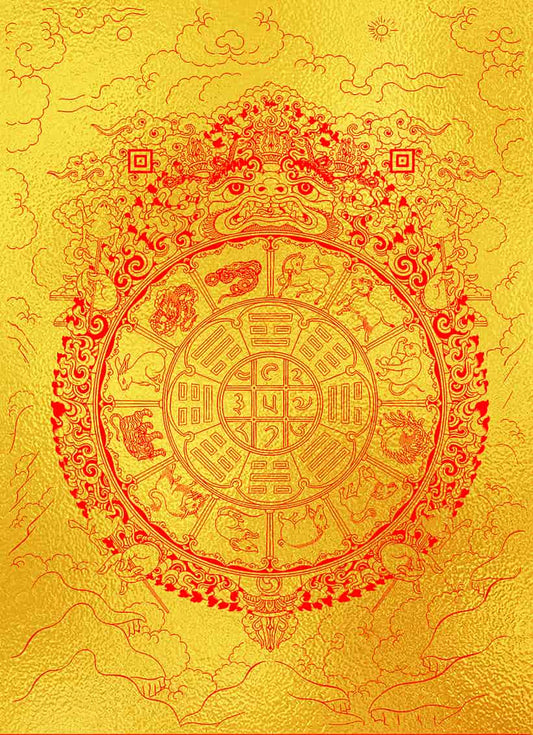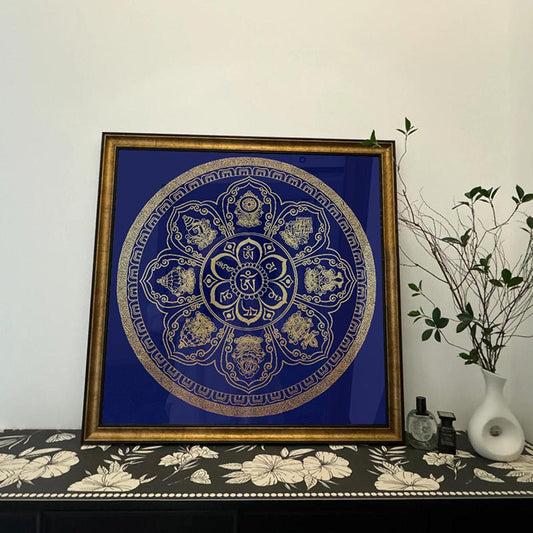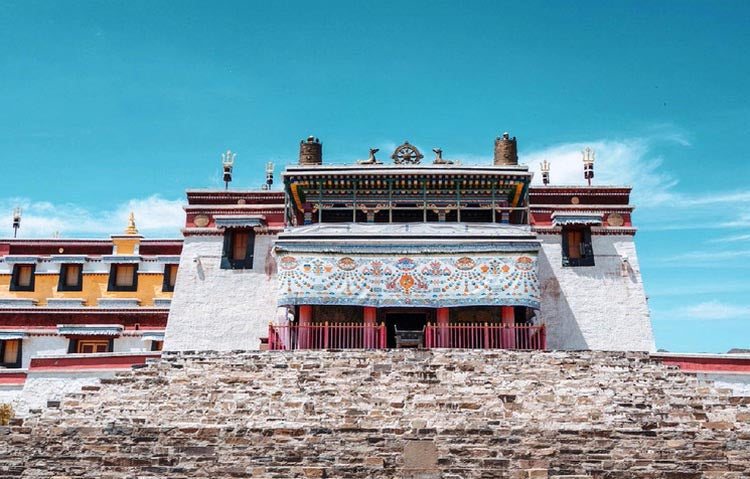Nepalese Thangka Art A Tapestry of Color Craft and Spirit
Nepalese Thangka Art A Tapestry of Color Craft and Spirit
In Kathmandu Valley, where the air is often filled with the scent of incense and the rhythm of temple bells, Nepalese thangka art flourishes with a vibrancy that is as rich as the landscape it emerges from. Unlike its Tibetan counterparts, Nepalese thangkas often incorporate a distinct blend of Hindu and Buddhist iconography, reflecting the region's cultural tapestry. This unique fusion manifests in paintings that are not only devotional tools but also exquisite works of cultural identity.
One of the most captivating aspects of Nepalese thangka is its use of color. Traditionally, craftsmen employ natural pigments derived from minerals, plants, and even insect extracts. For a thangka lover, observing the transformation of raw lapis lazuli into a deep azure pigment is a testament to the patience and skill involved in crafting these sacred scrolls. Each hue is not just pleasing to the eye but carries with it layers of symbolism—golden yellows hint at spiritual wealth, while reds signify passion and the life force.
Nepalese thangkas are not merely paintings; they are spiritual maps. A thangka of the Bodhisattva Avalokiteshvara, for example, is painted not just to depict beauty but to guide the viewer through a meditative journey toward compassion. As stories go, this kind of thangka art found its roots in the ancient ateliers of the Newar people, known for their remarkable artisanship. Centuries ago, these talented artists voyaged to Tibet, disseminating their intricate techniques and distinctive style—a lineage that continues to breathe through their descendants today.
The meticulous process of creating a thangka is both an art and a spiritual practice in itself. Artists often undergo years of rigorous training, learning to balance precise line work with the deeper engagement with the spiritual aspects of their craft. It is a discipline that demands not just artistic talent, but also a deep understanding of the spiritual narratives each piece is intended to convey.
To touch a Nepalese thangka is to sense the warmth of generations of faith and the cool tranquility of carefully applied brush strokes. For a Western audience attuned to heritage and storytelling, these paintings offer a physical connection to an age-old spiritual journey, inviting reflection on one's path.
As I examine a thangka, I am often reminded that despite our global differences, art continues to be a universal language that transcends borders. It speaks of devotion, of culture, and of humanity. In the end, isn't that what art, in all its forms, strives to achieve?

